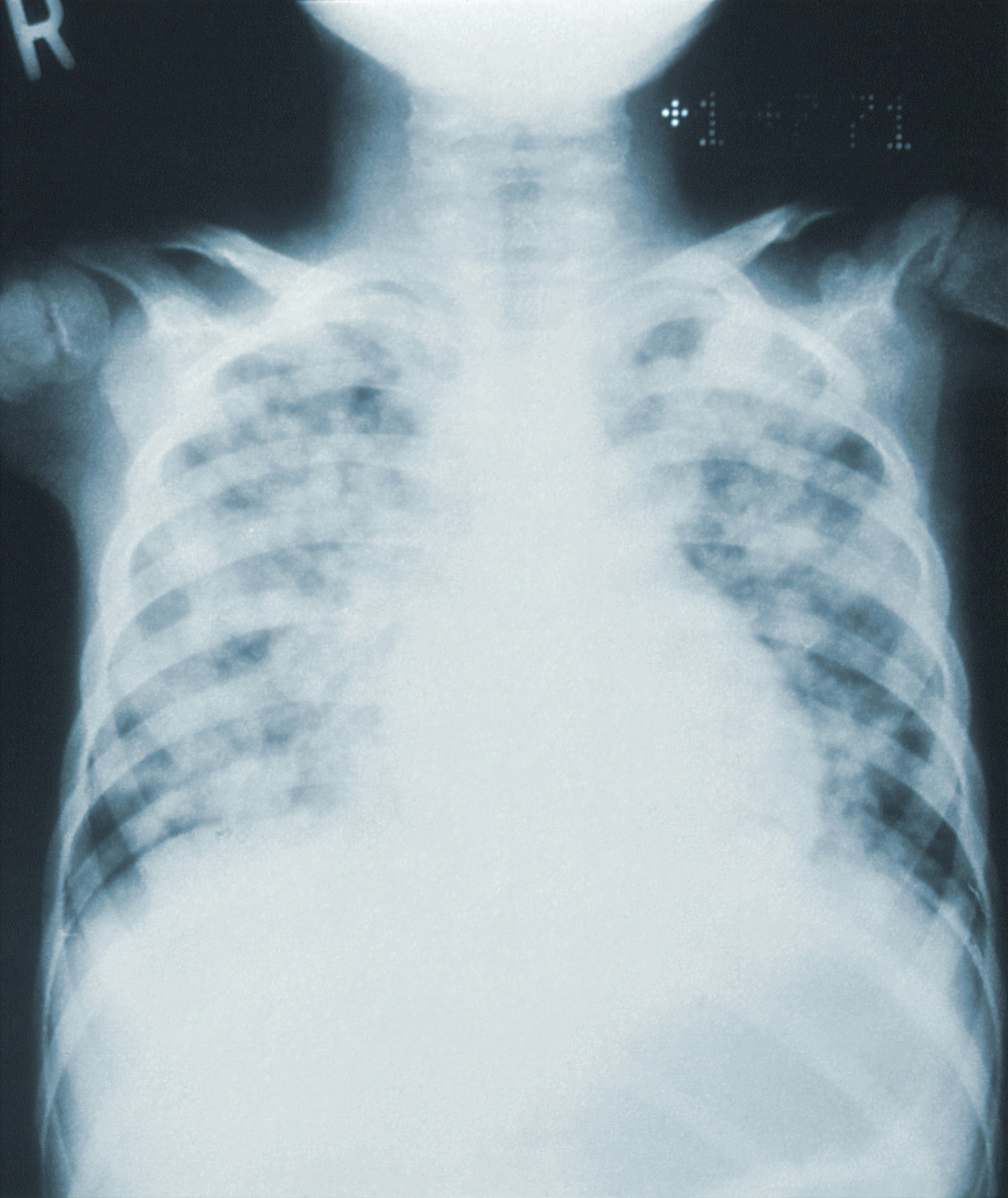SALT-ED

Balanced crystalloids versus saline in non-critically ill adults. The SALT-ED Study
Self W. NEJM 2018;378:819-828. doi:10.1056/NEJMoa1711586
Clinical Question
- In non-critically ill adult patients admitted to hospital from the Emergency Department, does the administration of a balanced salt solution compared with normal saline, reduce hospital free days to day 28?
Background
- Over one million patients per day are administered intravenous (IV) crystalloid solutions in hospital. Despite the frequency of IV fluid administration, there is little evidence currently to favour one type of crystalloid over another
- Previous studies have shown that synthetic colloids are harmful to patients (CHEST; 6S Trial). Establishing the safety of IV crystalloids is therefore important.
- 0.9% sodium chloride, when administered in large quantities, can cause a hyperchloraemic acidosis. In addition, the administration of chloride may cause reduced renal blood flow and acute kidney injury
- The administration of a balanced salt solution may attenuate some of the postulated risks associated with 0.9% saline administration
Design
- A single-centre, randomised, open label, multiple crossover study
- Pragmatic study design with an intention to treat analysis
- Consecutive patients
- A multivariable proportional odds model was used to assess the primary outcome of hospital free days
- Multivariable logistic regression analysis was performed for the secondary outcomes of major adverse kidney events within 30-days, acute kidney injury and death, adjusting for age, sex, race, admitting inpatient service, and days elapsed since the initiation of the trial
- The type of crystalloid was assigned by month. All patients during that month received the same type of crystalloid solution. Clinicians could choose between lactated Ringer’s solution or plasmalyte when in the balanced salt solution month.
- The assignment for the first month was generated by computerised random sampling. Assignment was thereafter sequential for the following 16 months, alternating every month between 0.9% sodium chloride and balanced salt solution
- 14,000 patients would provide 90% power to detect a difference of 0.5 hospital-free days between groups with a type 1 error rate of 0.05
Setting
- A single-centre study in a tertiary referral centre (Vanderbilt University Hospital) in the USA which received 75,000 Emergency Department (ED) admissions per year
- Patients were recruited from January 1, 2016 to April 30, 2017
Population
- Inclusion: Patients over the age of 18 who received at least 500mls of IV isotonic crystalloid in the ED and were admitted to hospital to a non-ICU setting
- Exclusion: Patients who received less than 500mls IV fluid. Patients admitted to ICU were recruited to the SMART study.
- 19,949 patients received IV fluids; 3,689 received less than 500mls and were excluded. 2913 patients were admitted to the ICU. Final sample size was 13,347 patients
- Patients were well-matched at baseline
Intervention
- Balanced crystalloid
- Most balanced crystalloid administered as lactated Ringer’s (95.3%), with the remainder as Plasmalyte (4.7%)
- If the patient had the relative contraindication of hyperkalaemia or traumatic brain injury, then 0.9% sodium chloride could be used in preference to balanced crystalloid, at the discretion of the treating physician
- 83.8% received only the assigned crystalloid in the ED; 4.8% did not receive any of the assigned crystalloid
- Total crystalloid received in the ED: median balanced crystalloid 1089 mls (IQR 1000–2000mls)
Control
- 0.9% saline for intravenous fluid therapy
- 92.8% received only the assigned crystalloid in the ED; 1.2% did not receive any of the assigned crystalloid
- Total crystalloid received in the ED: mean 1597ml
Management common to both groups
- All other aspects of care were determined by treating clinicians independent of the trial protocol, including whether to treat with crystalloids and the volume of crystalloids administered. The included all IV fluid therapy following hospital admission from the ED
- Providers had the option of using off-protocol crystalloids if they believed an alternative was specifically indicated
Outcome
- Primary outcome: There was no difference in the number of hospital-free days between patients in the balanced crystalloids and saline groups (median, 25 days in each group; adjusted odds ratio with balanced crystalloids, 0.98; 95% confidence interval [CI], 0.92 to 1.04; P = 0.41)
- Hospital-free days were similar for patients in the balanced-crystalloids and saline groups across a broad range of baseline characteristics
- Secondary outcomes:
- Patients in the balanced-crystalloids group had a significantly lower incidence of Major Adverse Kidney Events within 30 days (MAKE 30) than those in the saline group (4.7% vs. 5.6%; adjusted odds ratio, 0.82; 95% CI, 0.70 to 0.95; P = 0.01). Number needed to treat 111
- MAKE 30 were a composite of death from any cause, new renal-replacement therapy, or persistent renal dysfunction (defined as an elevation of the creatinine level to ≥200% of baseline)
- The largest benefit in reduction of MAKE 30 was observed in patients with pre-existent renal dysfunction (creatinine > 133 micromol/L) and hyperchloraemia (>110 mmol/L)
- In-hospital death – no significant difference
- 1.4% in balanced crystalloid vs. 1.6% in saline group (P=0.36)
- Patients in the balanced-crystalloids group had a significantly lower incidence of Major Adverse Kidney Events within 30 days (MAKE 30) than those in the saline group (4.7% vs. 5.6%; adjusted odds ratio, 0.82; 95% CI, 0.70 to 0.95; P = 0.01). Number needed to treat 111
- Sub-group analysis, patients who presented with KDIGO criteria for ≥ stage 2 acute kidney injury
- MAKE 30 was significantly lower in balanced crystalloid group (28.0% vs. 37.6%, P<0.001)
- Per-protocol analysis produced similar results
Authors’ Conclusions
- The number of hospital-free days did not differ between patients assigned to balanced crystalloids and those assigned to saline.
Strengths
- This study addressed an intervention that is applied to millions of patients around the world every day, so has importance and relevance for routine clinical practice
- The pragmatic design meant that very few patients were excluded from the study
- More than 85% of patients received the allocated intervention
- The primary outcome was patient-centred
- Clear differences in patient electrolyte concentrations (sodium, chloride and bicarbonate) were observed between the two fluid arm groups
- The randomised trial design resulted in minimal baseline imbalances between the groups. This was further enhanced by a pre-planned multivariable logistic regression analysis of several baseline characteristics for in-hospital death and major adverse kidney events
- The high quality of data analysis means that the results can be used to generate hypothesis for future studies
Weaknesses
- The differences in the secondary endpoint of major adverse kidney events was largely driven by a difference in a surrogate outcome measure – serum creatinine. It is unclear whether this would translate to a patient benefit
- Outcome data was gained from a retrospective analysis of hospital medical records
- The single-centre study design limits external validity, particularly to the non-US population
- The type of fluid administered in the ED was unblinded so physician bias in when and how much IV fluid to give could have occurred
- No evaluation was made of fluid administration following hospital admission. It is therefore difficult to draw too many conclusions about the impact of 1 litre of fluid given in the ED.
- Fewer patients in the balanced salt solution arm (83.8%) received the allocated study fluid, versus 92.8% in the saline group
- It is unclear what proportion of patients attending the Emergency Department received IV fluids
- The length of ED stay was also not documented. Can the results be generalised to countries with an emergency access target?
The Bottom Line
- The results from this study need to be replicated in a multi-centre randomised controlled trial before any conclusions about the proposed deleterious effects of 0.9% sodium chloride administration can be drawn. Until then, I will have equipoise on whether to administer a balanced salt solution or saline to my patients, unless there are good clinical reasons, such as traumatic brain injury, for choosing one over the other.
External Links
- [Article] Balanced Crystalloids versus Saline in Noncritically Ill Adults. SALT-ED
- [Further reading] Patient-Centered Outcomes and Resuscitation Fluids -John Myburgh’s editorial
- [Further reading] PulmCrit- Get SMART: Nine reasons to quit using normal saline for resuscitation
Metadata
Summary author: Fraser Magee
Summary date: 2/3/18
Peer-review editor: Steve Mathieu




Is this supposed to be SALT-ED rather than SALT-EM? Took me a while to work this out.
You are absolutely right. I’ve changed it. Thanks for the feedback.